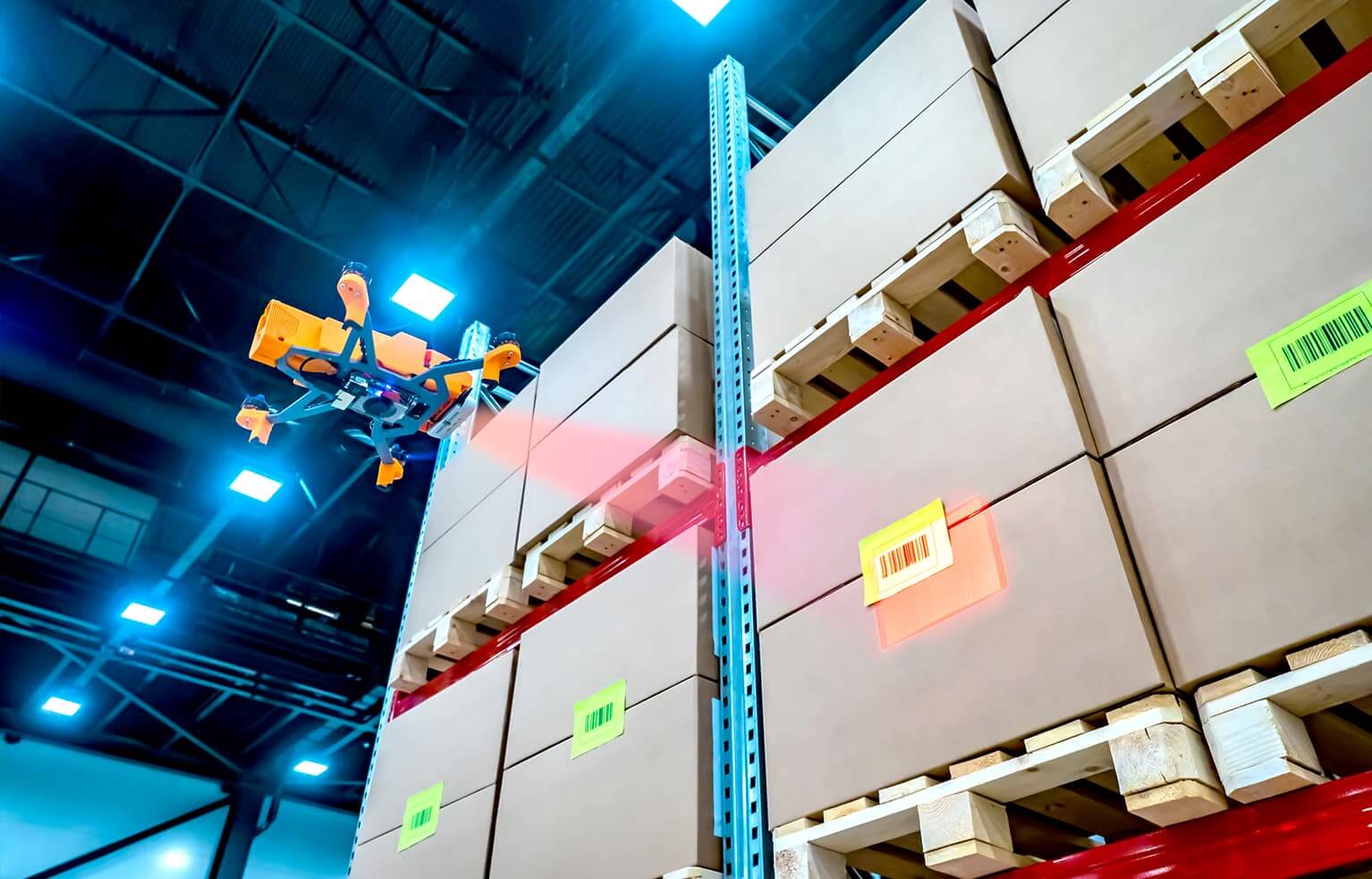At the top of the warehouse premier league

7R’s above-market-standard solutions allow tenants to take better care of their goods and at the same time to improve the efficiency of their operations. “We listen to what our customers expect, but from the very outset we provide them with solutions above the market standard, at no additional cost. The goal is to improve efficiency, although this may mean something different for each sector,” comments Joanna Ociepka-Wojciechowska, a leasing director at 7R.
One of the ways that the cost control has been enhanced is through the use of the DALI LED lighting system, which turns on the lighting in the exact place an employee has just entered, and then it turns off where it no longer detects movement. This also applies to areas outside the warehouse, along the corridors, and in the toilets, etc. The use of modern lighting systems can reduce tenants’ electricity bills by as much as up to 48%.
Aerators fitted in the taps and the use of rainwater for watering greenery also contribute to a significant reduction in utility costs and resource consumption. 7R has also been responding to the latest trends in this area – for example, by installing electric car charging stations in its facilities.
City logistics will soon be based on zero-emission vehicles. Logistics companies such as DHL and InPost have already ordered e-vehicles for their fleets. Preparing the infrastructure required for this is our response to changes that have already begun and will soon become a feature of our everyday life.
says Joanna Ociepka-Wojciechowska
Super-size sprinklers
7R is also investing significantly in the safety of its facilities. Warehouses require a complex fire safety network with an extinguishing system that uses a sprinkler system fitted under the ceilings of the buildings. These are activated in the event of a fire. Depending on the sector, tenants have very different expectations in terms of the safety levels for their people and resources.
“In 7R’s warehouses, instead of 240 ESFR sprinklers, we install 5.2 bar 360 ESFR sprinklers, with larger fire tanks, for the safe storage of assorted flammable goods, such as, for example, tyres, allowing them to be stored in higher positions, even up to 9.1 m above the floor level,” explains 7R’s expert.
It is the modern control system that is essential to this. When a fire breaks out in one part of the warehouse, the sprinkler system is immediately activated, but only in the section that requires it. Thanks to this, the facility will not be completely flooded, while the fire hazard is dealt with where it occurs.
“These types of solutions are especially important for customers from the automotive sector, which is one of the most demanding industries when it comes to fire protection,” points out Joanna Ociepka-Wojciechowska. “Our facilities are built in accordance with the American NFPA standard, which has the most stringent safety conditions for tenants of production and warehouse facilities. A precise analysis has to be carried out on the range of goods stored, which is then used to determine the fire safety guidelines for the storage technology employed, which in turn leads to a reduction in the insurance costs for tenants,” she adds.
Made to measure and meeting every need
The solutions provided by 7R also are also aimed at the better use of the available space. Many of the developer’s facilities include multi-level mezzanines, which are required by tenants from the e-commerce and automotive industries, among others. Providing these is very time-consuming, both in terms of design and execution.
The level of complexity and the costs for this depends on the scale of the project, the number, types and storage method of the goods, as well as, among other factors, on how many people might be on the mezzanine at any one time. We have to remember that during the development of these types of projects, it is the people using them and their safety that are of the utmost importance insists – 7R’s expert.
The construction of a mezzanine also requires a greater load capacity for the floor. As a standard, in A-class warehouse facilities it is up to 5 tonnes per sqm – but 7R has raised this to 7 tonnes per sqm, and even up to as much as 10 tonnes / sqm where needed, if the tenant stores heavy goods or machinery. Higher than standard flooring in the buildings also allows for the more efficient use of space, e.g. with the use of an induction loop embedded in the floor.






